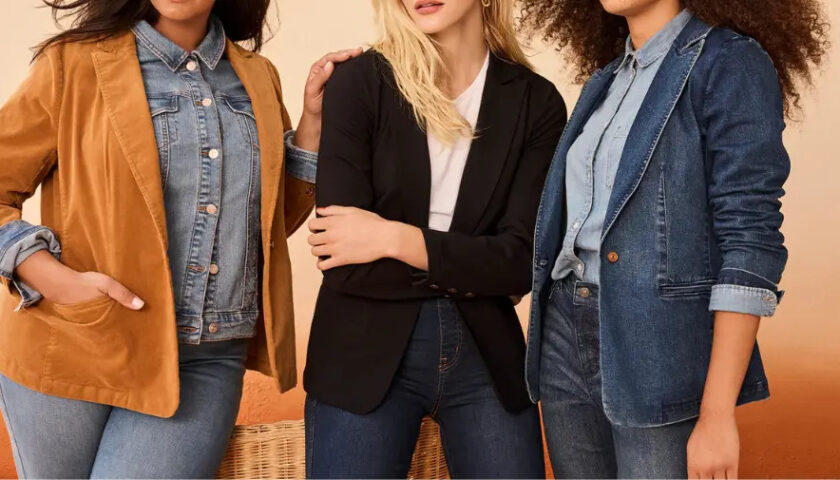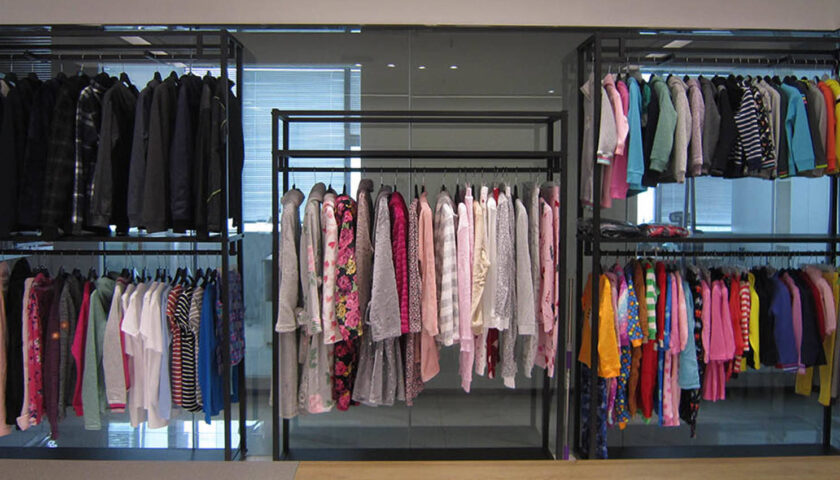The abaya, a traditional garment rooted in Middle Eastern culture, has transcended its origins to leave a significant mark on global fashion. Once viewed solely as a symbol of modesty, it is now recognized as an inspiration for contemporary design, celebrated on runways and embraced by fashion enthusiasts worldwide. This article delves into how the abaya has influenced international fashion trends and its growing role in the global style landscape.
The Evolution of the Abaya
Historically, the abaya was designed to provide modest coverage while offering practicality. Traditionally black and simple in design, it served as a staple garment for women in the Arabian Peninsula. Over time, however, it has undergone significant transformations. Designers began experimenting with colors, fabrics, and intricate details, turning the abaya into a fashion-forward piece that balances tradition with modernity.
The abaya’s evolution also reflects societal shifts. Women seeking individuality and expression began to embrace customized abayas featuring personalized embroidery, innovative cuts, and a broader palette of colors. This adaptability has allowed the abaya to remain relevant in a rapidly changing world.
The Abaya on the Global Stage
The global fashion industry has increasingly drawn inspiration from cultural garments, and the abaya is no exception. Designers from various countries have incorporated elements of the abaya into their collections, celebrating its versatility and elegance. This integration has helped dismantle stereotypes, highlighting the abaya as a garment of style and identity rather than just functionality.
The abaya’s influence can also be seen in high-profile collaborations between Middle Eastern designers and international fashion houses. These partnerships bring the abaya to a broader audience, solidifying its place in the global fashion narrative.
Key Elements of the Abaya Inspiring Global Fashion
- Flowing Fabrics: The use of lightweight, flowing materials in abayas has influenced designers worldwide. These fabrics create movement and add a graceful touch to any outfit.
- Minimalist Designs: The abaya’s clean lines and understated elegance have inspired minimalist fashion trends, where simplicity takes precedence.
- Intricate Embellishments: Embroidery, beadwork, and lace detailing seen in modern abayas have become popular in evening wear and haute couture designs globally.
- Layering: The open-front style of abayas has inspired layering techniques in mainstream fashion, adding dimension and depth to outfits.
These elements not only highlight the abaya’s adaptability but also its ability to seamlessly blend traditional aesthetics with modern preferences.
Abaya-Inspired Trends Around the World
- Kaftans and Maxi Dresses: The popularity of abayas has contributed to the resurgence of kaftans and maxi dresses in global fashion. These garments share similar flowing designs and are celebrated for their comfort and style.
- Modest Fashion Movement: The rise of the modest fashion movement has further amplified the abaya’s influence. Brands and designers now cater to consumers seeking clothing that offers both modesty and style, often drawing inspiration from the abaya.
- Outerwear: Long, open-front coats and cardigans seen on international runways mirror the abaya’s structure. These pieces provide layering options while maintaining a chic look.
- Color Trends: While traditional abayas are predominantly black, modern iterations in earthy tones and pastel shades have influenced global color trends in fashion.
- Accessories and Styling: Abayas have also inspired the use of unique accessories, such as oversized belts, statement jewelry, and custom handbags, to create cohesive and stylish looks.
Celebrity and Influencer Endorsements
The abaya’s influence has been amplified by celebrities and influencers who showcase it as a stylish and functional garment. High-profile figures in the fashion world have been spotted wearing abaya-inspired designs, further bridging the gap between traditional attire and contemporary fashion. Social media platforms, especially Instagram and Pinterest, play a vital role in promoting abaya styles to a global audience.
Influencers from various cultural backgrounds have embraced the abaya, showcasing its adaptability across different settings and occasions. This visibility not only boosts the abaya’s global appeal but also encourages dialogue about cultural appreciation and diversity.
The Role of Fashion Weeks and Runways
Major fashion weeks and runways have also contributed to the abaya’s global recognition. Designers from the Middle East, such as Elie Saab and Zuhair Murad, have incorporated elements of the abaya into their collections, presenting them to international audiences. Modest fashion shows, such as Dubai Modest Fashion Week, have provided a platform for abaya designers to showcase their creativity and reach global markets.
The inclusion of abaya-inspired designs in mainstream fashion weeks signals a shift towards embracing diverse cultural influences. These events also serve as opportunities for Middle Eastern designers to collaborate with international brands, further elevating the abaya’s profile.
Cultural Appreciation vs. Appropriation
As the abaya gains popularity worldwide, it is essential to approach its integration into global fashion with respect. Celebrating the abaya’s cultural roots and giving credit to its origins ensures that its adoption is viewed as appreciation rather than appropriation. Designers and consumers alike must remain mindful of its cultural significance while embracing its versatility.
Fashion enthusiasts can honor the abaya’s heritage by purchasing from authentic brands and designers who prioritize quality and cultural integrity. Supporting Middle Eastern artisans ensures that the abaya’s cultural legacy is preserved.
Sustainable Abayas and Ethical Fashion
The abaya’s growing influence has also intersected with the sustainable fashion movement. Many designers are now creating eco-friendly abayas using organic fabrics and ethical production practices. This trend not only caters to environmentally conscious consumers but also highlights the abaya’s adaptability to modern values.
Sustainability in abaya production also extends to the promotion of slow fashion. Investing in high-quality, durable abayas reduces the environmental impact associated with fast fashion and supports ethical practices in the industry.
Styling Abayas for Everyday Wear
One of the reasons for the abaya’s global appeal is its adaptability. Here are some tips for styling abayas for various occasions:
- Casual Look: Pair a lightweight, open-front abaya with jeans and a simple top for a relaxed yet polished outfit.
- Formal Events: Opt for an abaya with intricate embroidery or beadwork and pair it with elegant heels and minimal accessories.
- Seasonal Adaptations: Choose breathable fabrics for summer and layer thicker materials over turtlenecks or sweaters during colder months.
- Hijab Coordination: Coordinate your hijab color and texture with the abaya for a cohesive look.
- Fusion Styling: Incorporate abayas into fusion looks by pairing them with Western attire, such as trousers or midi skirts, for a unique style statement.
The Abaya’s Impact Beyond Fashion
The influence of the abaya extends beyond clothing. It represents a blend of tradition and modernity, bridging cultural divides and fostering greater understanding of modest fashion. By inspiring designers and captivating global audiences, the abaya serves as a testament to the power of cultural exchange in the fashion industry.
The abaya also plays a role in empowering women by offering them a garment that aligns with their values while allowing for personal expression. This empowerment is evident in the growing number of female designers who are redefining the abaya’s place in both regional and global markets.
Conclusion
The abaya’s journey from a traditional garment to a global fashion influence is a remarkable story of cultural integration and creativity. Its impact on modern trends underscores the importance of respecting and celebrating cultural heritage in the fashion world. As the abaya continues to inspire designers and consumers worldwide, it cements its place as more than just an item of clothing it is a symbol of timeless grace and adaptability.
With its rich history and dynamic evolution, the abaya serves as a reminder of how traditional garments can transcend boundaries and resonate with people across cultures. Its influence will undoubtedly continue to shape global fashion for years to come.





